When I was planning an excursion from London for a few days after a week-long work visit, baking was not forefront in my mind. I ended up choosing Malta for its nice climate and the fact my husband wouldn’t put up too much fuss about me going to a place that wasn't on his bucket list. As I started to do my research on Malta, baking popped up in a few places. For those that don’t know Malta is a county of 3 islands just off Sicily in the Mediterranean. It was a strategic naval point for many of the world’s nations so it has lots of history. In my research for my 4-day trip, I found out that bread is a big deal in Malta. I decided that on one afternoon I would do a Bakery tour of the town of Qormi. I didn’t regret it!!! I’m going to start out today’s blog with a bit of history before I tell you about my tour.
Malta's staple food is bread and it was central to the Maltese diet. All other food is often referred to as companaticum – meaning “bread accompaniment”. The early Neolithic farmers in Malta, c. 5000 BC grew wheat and barley. Hand mills have been found in early temples. I was able to see several mills displayed in a Windmill museum. With occupation by the Phoenicians, Romans and Byzantines, food centered mainly around bread, wine and olives. Bakeries flourish under Roman rule 200 – 500 AD. Effigies of the goddess of grain, Prosperina are found on Maltese coins and in temples.
With the Arab domination in 870-1100 AD, bread was a precious resource and any deficiencies required the Maltese to import grain from Sicily. During the Medieval period, in some instances, grain was used as currency, so the status of bread became elevated. Peasants had inferior brown barley bread while the upper classes had white bread.
When the Knights of St. John arrived into Malta in the 1500’s, the highest concentration of bakeries was in a town called Casal Fornaro (The Baker’s Village). To this day most bakers come from this same town now called Qormi (the q is silent in Maltese). The largest number of bakeries are located here, so Qormi is recognized nationally as the capital of Maltese bread-making. Several of the bakeries still operate in the traditional manner using wood-fired ovens.
During the British period, 1800 -1960s the daily bread intake was 2-5 lbs! Bread in olden times accounted for 75% of the daily calories of the Maltese people. In comparison, on average, Americans consume 53 lbs A YEAR! In 1861 the census listed 486 kneaders and 33 bakers residing within the town of Qormi. By this time 82% of all grain consumed in Malta was imported. In 1919, the rise in the price of bread, and other political and economic challenges, was recognized as a cause of anti-British agitation. The 2 World Wars and the Cold War all impacted bread production and at times there were food shortages. Bread became a black-market commodity. Bread is money in my world too!
When Malta gained its independence in 1964, grain continued to be a major political driver of the economy. A Bakers Association was setup, 5 milling companies merged into one company and today 40% of all bakeries in Malta are still based in Qormi. In 1992, a monument is erected to commemorate the untiring service of bread bakers of Malta. With healthier eating habits becoming more common, Malta’s bread industry has noticed a decline in recent years. Why does bread have to be so bad for you!!!
The typical Maltese bread is a crusty sourdough bread called ħobża and takes between seven and eight hours from kneading the dough to taking the bread out of the oven. It was served with every meal I had in Malta, including at breakfast with Marmite and at dinner with Bigilla a broad bean pâté.
Malta's staple food is bread and it was central to the Maltese diet. All other food is often referred to as companaticum – meaning “bread accompaniment”. The early Neolithic farmers in Malta, c. 5000 BC grew wheat and barley. Hand mills have been found in early temples. I was able to see several mills displayed in a Windmill museum. With occupation by the Phoenicians, Romans and Byzantines, food centered mainly around bread, wine and olives. Bakeries flourish under Roman rule 200 – 500 AD. Effigies of the goddess of grain, Prosperina are found on Maltese coins and in temples.
With the Arab domination in 870-1100 AD, bread was a precious resource and any deficiencies required the Maltese to import grain from Sicily. During the Medieval period, in some instances, grain was used as currency, so the status of bread became elevated. Peasants had inferior brown barley bread while the upper classes had white bread.
When the Knights of St. John arrived into Malta in the 1500’s, the highest concentration of bakeries was in a town called Casal Fornaro (The Baker’s Village). To this day most bakers come from this same town now called Qormi (the q is silent in Maltese). The largest number of bakeries are located here, so Qormi is recognized nationally as the capital of Maltese bread-making. Several of the bakeries still operate in the traditional manner using wood-fired ovens.
During the British period, 1800 -1960s the daily bread intake was 2-5 lbs! Bread in olden times accounted for 75% of the daily calories of the Maltese people. In comparison, on average, Americans consume 53 lbs A YEAR! In 1861 the census listed 486 kneaders and 33 bakers residing within the town of Qormi. By this time 82% of all grain consumed in Malta was imported. In 1919, the rise in the price of bread, and other political and economic challenges, was recognized as a cause of anti-British agitation. The 2 World Wars and the Cold War all impacted bread production and at times there were food shortages. Bread became a black-market commodity. Bread is money in my world too!
When Malta gained its independence in 1964, grain continued to be a major political driver of the economy. A Bakers Association was setup, 5 milling companies merged into one company and today 40% of all bakeries in Malta are still based in Qormi. In 1992, a monument is erected to commemorate the untiring service of bread bakers of Malta. With healthier eating habits becoming more common, Malta’s bread industry has noticed a decline in recent years. Why does bread have to be so bad for you!!!
The typical Maltese bread is a crusty sourdough bread called ħobża and takes between seven and eight hours from kneading the dough to taking the bread out of the oven. It was served with every meal I had in Malta, including at breakfast with Marmite and at dinner with Bigilla a broad bean pâté.
I started my first day in Malta with a morning tour of the amazing Ħal Saflieni Hypogeum, a Neolithic underground temple and burial site. I planned my second stop to coincide with lunch. I had previously researched the town Qormi and tagged a bunch of bakeries there on Google maps. I took a cab and had them drop me off at the first Google stop, Jeff’s Bakery. I was concerned as my first stop was a dud. Jeff’s didn’t exist. I was worried my self-organized bakery tour would not be a bust. I was getting pretty hungry! Even just walking the streets, I saw several bakeries for sale, that made me sad and even more concerned that I was on a hunt for a needle in a haystack of baked goods.
I finally found an open bakery, The Old Bakery. Whew! I walked in and my tummy was very happy to see a display case full of bread and assorted treats, and the old wood-fired oven in the background. The Old Bakery first opened in 1875. They let me get a bit closer after I explain that I was also a baker. I walked around to the back room past stacks of flour to see the small space where their mix and knead and form those amazing loafs. I got myself a donut, I really wanted a loaf of bread, but decided I better pace myself in case all the rest of the bakeries on my list were open!
My next stop was the Paul ta' Kalċ Bakery. This family has been baking in Malta for 400 years and they also use a wood fired stove. Two men are the main bakers here with a shop next door that was very busy. It is open 24/7. They obviously have a thriving business. I grabbed a cream puff from their baked goods display and sat in a lovely park across the street. A group of men, hanging out watched as I attempted to daintily eat my cream puff while ending up covered in powdered sugar, but it was OHHH so worth it! Walking to my next stop, I passed a convenience store with their main advertising sign as their baked goods. I popped in and they bake their bread in store. A small loaf for €.65.
Formosa Bakery was my next stop. With over 40 years of experience, this family run bakery runs a brisk business as I saw their trucks numerous times on my afternoon walk around Qormi. The shop was kind of like a warehouse with shelving on the walls with a variety of local favorite baked goods. It was here that I tried the traditional Easter treat the Figolla. Baking Figolli is believed to date back to the 16th century. The name Figolla (the singular of Figolli) comes from the Italian word "figura" which means shape. Malta is primarily a Catholic country and Easter is a highlight for Catholics. Decorated Figolli taste like a shortbread cookie filled with almond paste filling. Most have a foil wrapped candy egg added to the top icing. I saw lots of shapes and sizes. Some as big as a platter. The old traditional shapes often seen are of men and women with paper faces attached, fish and baskets (perhaps old fertility symbols), and in keeping with the times there are bunnies, hearts, ducks and lots of other shapes kids like. If I lived here, I’m sure I would weigh quadruple what I am now!
I passed 2 closed establishments on my way to Abela Bakery. It took me a minute to find the place as there is no signage except some writing on the door - 42 Abela Bakery. I love it! It felt like it was a secret speakeasy only I knew the secret knock to get into! I walked through the red mesh and again it was a big open space. Pretty quiet as it was late afternoon. I imagine these bakers get up pretty early in the morning, especially if it takes 8 hours to get a loaf into customers hands. I was greeted by a nice gentleman, who invited me in for some lemonade and told me that his wife, the baker, was at church. Rose and her husband Gianni started Abela Bakery together almost 60 years ago. Rose stills helps out almost every day while her daughter Carmen and husband Paul are the main owners. I grabbed another Figolla as they are known for them. I got a blurry picture of some dough sitting on their great wooden table that has probably seen infinite creations made on it. You could feel the love coming out of that nondescript entry.
I was nearing the end of my tour as my feet were killing me by this point. I had walked about 3 km and I decided my last stop would be Andre’s Bakery. The have a cute little shop with an emphasis on pasta, sandwiches and pizzas all made fresh on their homemade bread. Ftiri is a Maltese ring-shaped loaf often used to make sandwiches. Traditionally the fillings include tomato paste, olive oil, tuna and a variety of other Mediterranean ingredients such as olives, capers, sun dried tomatoes, local cheese, pickled vegetables and fresh salad.
I may have finished my Qormi Bakery tour that day, but now I was on the hunt for other bakeries around Malta. I had 2 days left on the islands. I passed Joe Frendo’s bakery and visited the Ggantija Temples on Gozo where I swear one of the statues is holding a loaf of bread. A stop at Is-Serkin after visiting Mdina- the Silent City was due to 2 of my cab drivers telling me that this place has the best Pastizzi on all of Malta. Pastizzi are these yummy crunchy flaky filled pockets. They are sold everywhere, bars, cafes and little hole-in-the-wall shops. It’s very similar to phyllo, each piece has butter in between the layers, then it’s filled with ricotta, mashed peas or chicken and then folded into a triangle half-moon. As in many local cafes around Malta, the local male population hangs out with tea or beer sharing tables, gossip and pastizzi. It’s a great go to quick street food option and one cab driver told me that the late night bar crowd comes here as they are open 24/7. I tried one of each flavor and washed them down with a local Cisk (pronounced Chisk) beer.
On every baker’s journey to Malta a stop at the Ta’ Kola Windmill on Gozo is a must. It is one of the few surviving windmills from the days of the Knights. Built in 1725 and stopped milling in the 1980’s when the last miller, Żeppu ta’ Kola passed away and left the mill to the Nation. The grindstones, bread and baking history, old mixers, and the windmill itself are all a mini Mecca for bakers. Be sure to look closely at the picture of the hand mill with the teeth as the top section!
Finally, I didn’t get to eat there but I did pop in and look around. For a snapshot of life in a Maltese bakery at the turn of the last century, check out Nenu The Artisan Baker in Valletta, Malta’s capital city. Built on the site of an old bakery with original bread ovens, the restaurant has a permanent display featuring the life of a baker and his family. You can watch a documentary about Malta’s bread making tradition while tucking into traditional Maltese home cooking.
When I got home and did some research for this blog post today, I see that I missed a few bakeries in Qormi as well as Nenu’s. Anyone want to go back with me? I hate leaving work undone!
~Lisa The Korovai Baker
When I got home and did some research for this blog post today, I see that I missed a few bakeries in Qormi as well as Nenu’s. Anyone want to go back with me? I hate leaving work undone!
~Lisa The Korovai Baker
Check out these sites for more in depth info:
https://web.archive.org/web/20160401192936/http://www.nenuthebaker.com/about-us/the-story-of-bread
https://www.independent.com.mt/articles/2017-02-15/newspaper-lifestyleculture/FIRST-The-baking-brotherhood-6736170365
If you want to visit any of these here’s where you can find them:
The Old Bakery 248, Triq Il-Vitorja, Hal Qormi , Malta @TheOldBakeryMalta
Paul ta Kalc 56, Bishop Scicluna Street, Qormi, Malta
Formosa Bakery, 46 Triq il Hammieri, Qormi, Malta @FormosaBakery
Abela Bakery, 42, Conception Street, Qormi, Malta @AbelaBakery
Andre’s Bakery, Triq Il-Belt Valletta, Ħal Qormi, Malta @AndresBakeryMt
Ta’ Kola Windmill, Bambina Street, Xagħra, Gozo @KolaWindmill
Is-Serkin aka Crystal Palace, Triq San Pawl, Ir-Rabat, Malta
Nenu, The Artisan Baker, 143 St Domnic Street, Valletta, Malta @NenuArtisanBaker
https://web.archive.org/web/20160401192936/http://www.nenuthebaker.com/about-us/the-story-of-bread
https://www.independent.com.mt/articles/2017-02-15/newspaper-lifestyleculture/FIRST-The-baking-brotherhood-6736170365
If you want to visit any of these here’s where you can find them:
The Old Bakery 248, Triq Il-Vitorja, Hal Qormi , Malta @TheOldBakeryMalta
Paul ta Kalc 56, Bishop Scicluna Street, Qormi, Malta
Formosa Bakery, 46 Triq il Hammieri, Qormi, Malta @FormosaBakery
Abela Bakery, 42, Conception Street, Qormi, Malta @AbelaBakery
Andre’s Bakery, Triq Il-Belt Valletta, Ħal Qormi, Malta @AndresBakeryMt
Ta’ Kola Windmill, Bambina Street, Xagħra, Gozo @KolaWindmill
Is-Serkin aka Crystal Palace, Triq San Pawl, Ir-Rabat, Malta
Nenu, The Artisan Baker, 143 St Domnic Street, Valletta, Malta @NenuArtisanBaker






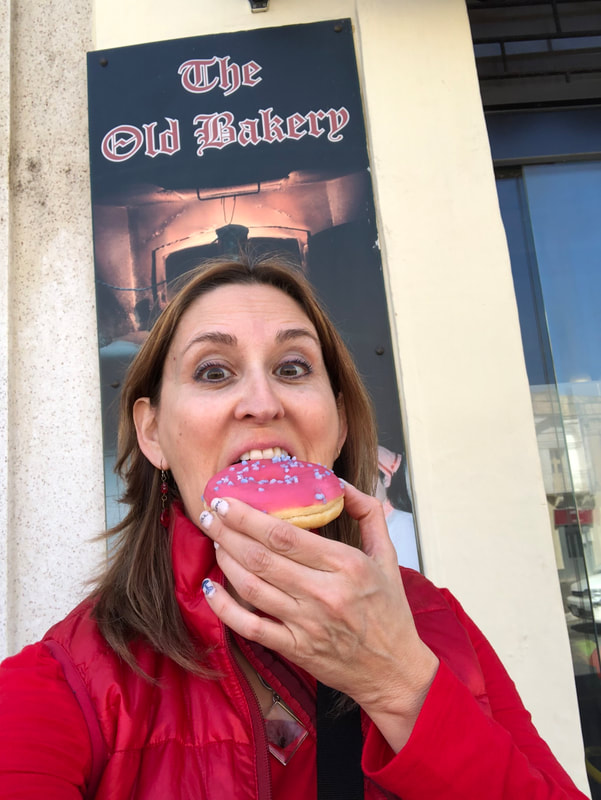

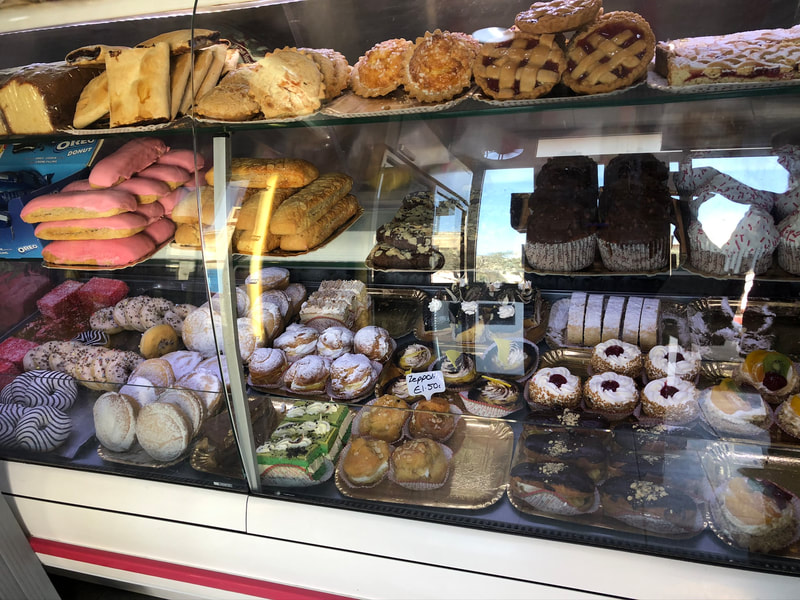






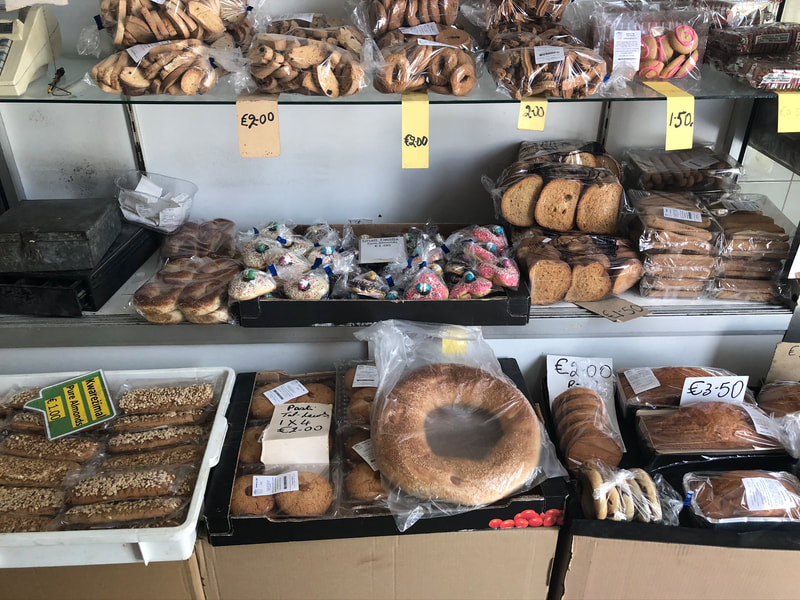


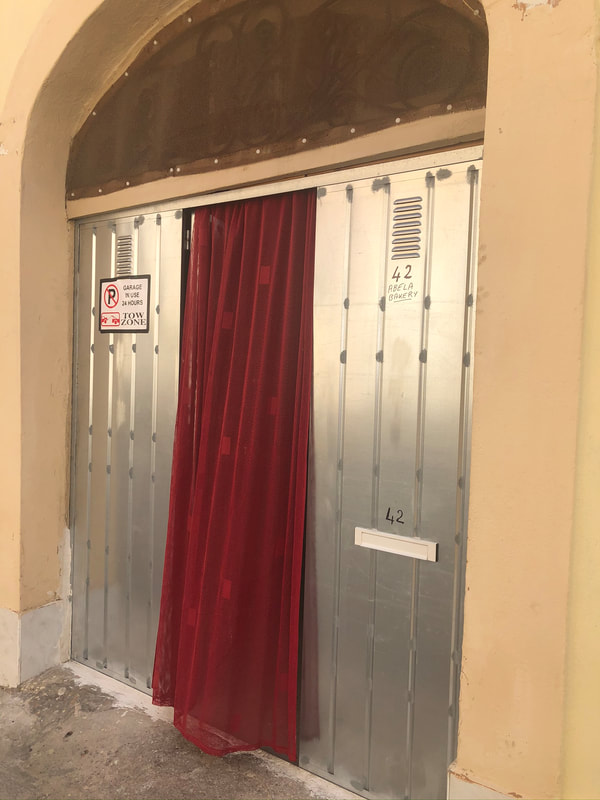






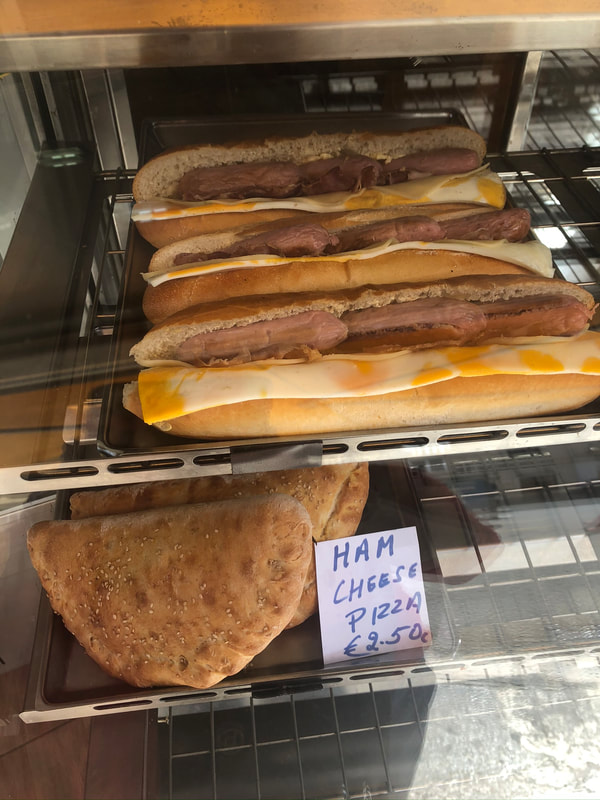

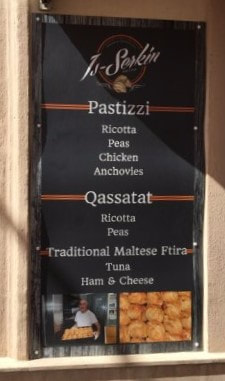

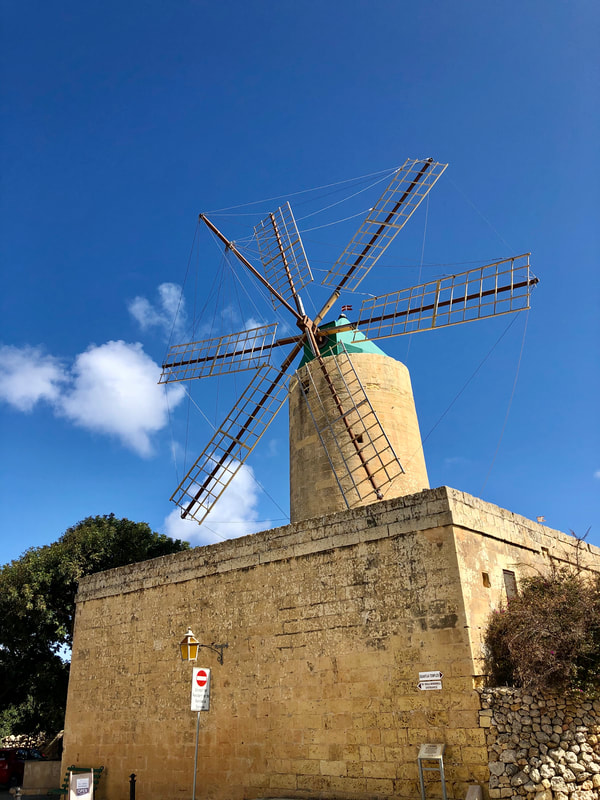

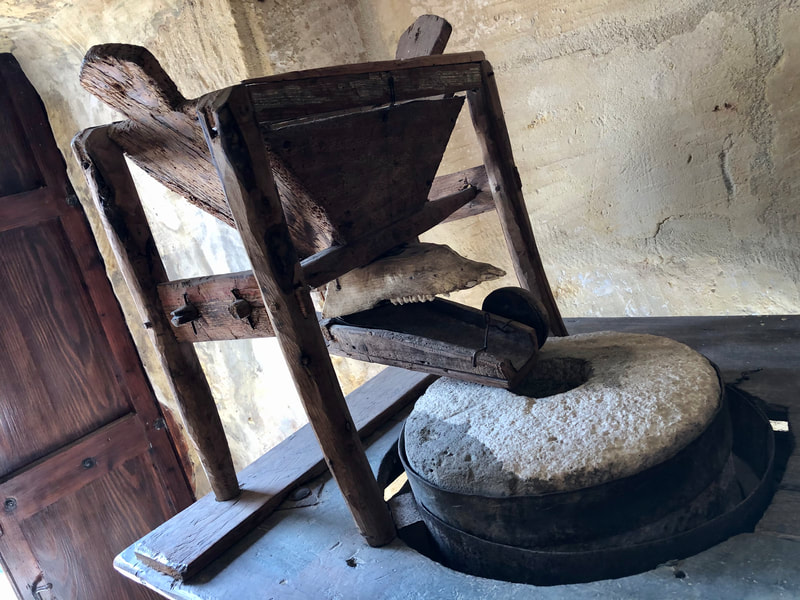

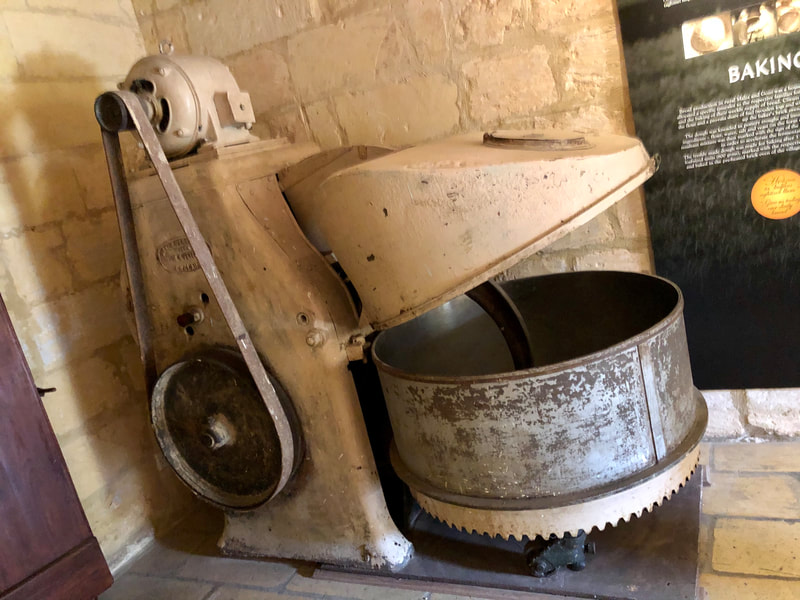






 RSS Feed
RSS Feed